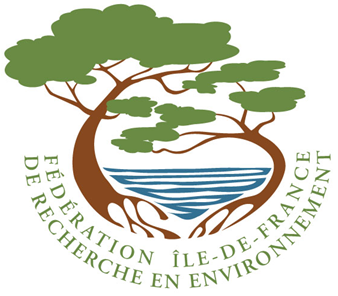ISTEP (Institut des Sciences de la Terre de Paris) is an associated research unit (UMR 7193, CNRS and UPMC mainly) with a wide range of scientific skills and themes, ranging from the formation of planets to extreme palaeo-climatic events of the lithosphere. The analytical skills sensu lato also cover many fields of Earth Sciences: geochemistry, geophysics, mineralogy, tectonics, magmatic and metamorphic petrology, sedimentology, stratigraphy, volcanology. The originality of the research projects consists in the close association between these different approaches, and ISTEP ambition is to better position itself scientifically at the interfaces not only between disciplines of Earth Sciences but also with biology, chemistry, mathematics, physics. Another strength of ISTEP is that it has maintained a very strong "field" approach while developing leading-edge analytical and modeling approaches.
ISTeP groups together 5 research teams:
- Biomineralization and sedimentary environments
- Deformations, sismotectonic, imaging, relief
- Evolution and Modeling of Sedimentary Basins
- Lithosphere, structure and deformation
- Petrology, Geochemistry, Mineralogy, Magmatism
The team "Biomineralization and Sedimentary Environments" studies the potential of mineralized tissues to record the parameters of the continental and oceanic environment by systematically coupling geological context and physiological data. It brings together researchers from the Earth Sciences and Biology whose approaches combine current experimentation (controlled cultures) and fossil application with key climatic or evolutionary periods on the planet.
The team relies on an analytical park to link mineral geochemical studies (trace elements and stable isotopes C and O), mineralogical (SEM, cathodoluminescence, DRX) and sedimentological (microscopy, microfiltration).
The team is involved in the Matisse labex alongside the IMPMC and Métis.
Equipments of ISTEP
- Elemental analysis ;
- Isotop analysis
- analysis of the organic material
- X-ray diffractometer
- X ray fluometer
- GIS imagery
- Magnetic susceptibility measurements
- Computing resources
- GPS ressources
- Seismological station
- Processing, and interpretation of seismic

